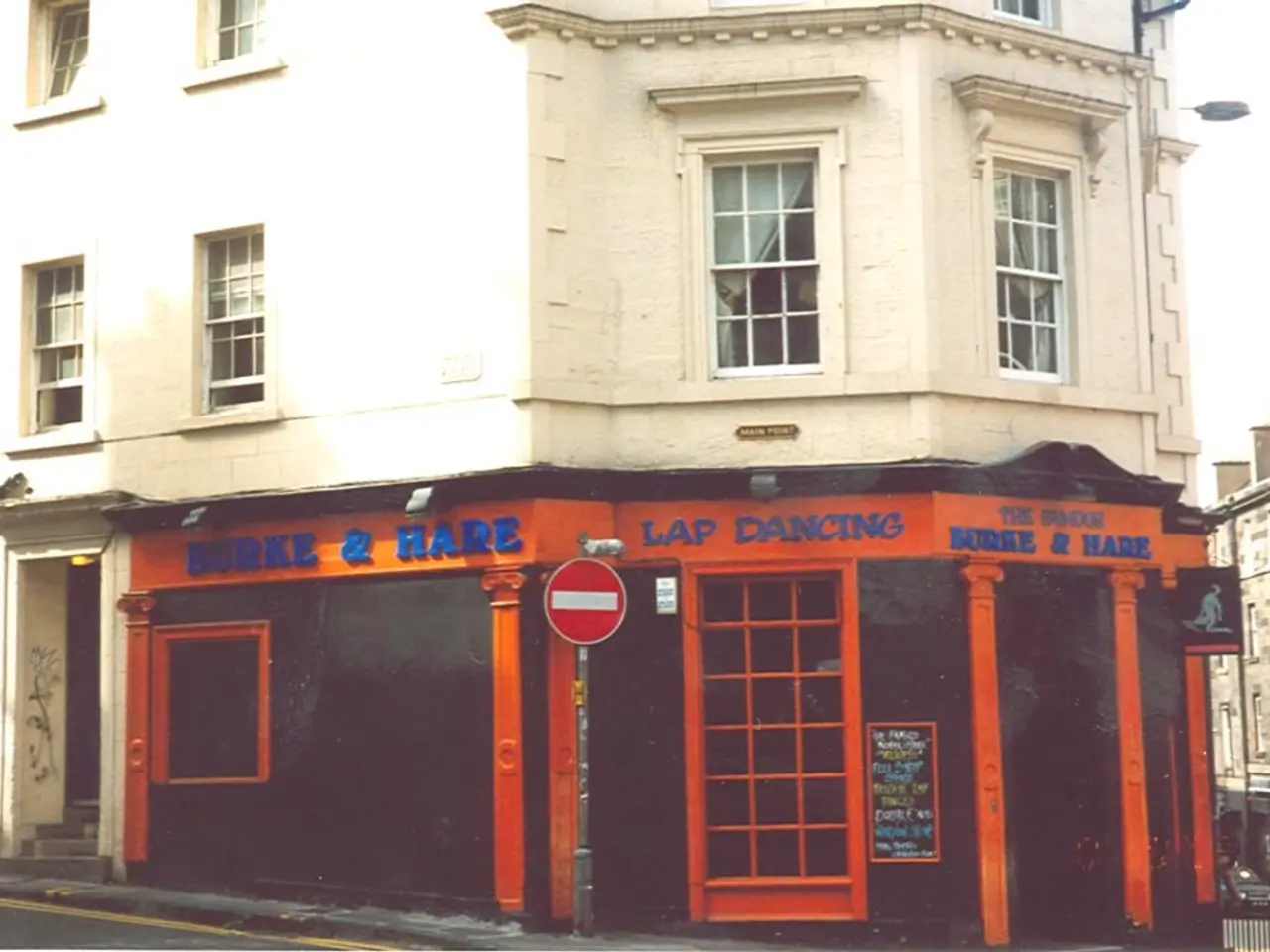Of German descent.
The Astor family, originally hailing from Germany, built their immense wealth and multi-generational dynasty primarily through the fur trade and real estate investments, especially in New York City.
**Fur Trade Beginnings:**
John Jacob Astor, born in Walldorf, Germany in 1763, began his American career by starting a fur-goods shop in New York City around 1786. After being introduced to the North American fur trade by Alexander Henry the elder, a prominent Montreal fur trader, Astor capitalized on the lucrative trade of North American furs, especially beaver pelts, which were in high demand for hat making in Europe and the Chinese market. In 1810, he organized the Pacific Fur Company to extend his fur trading empire to the Pacific Northwest and establish trade routes with China, further expanding his influence in the international fur market. His creation of a virtual monopoly in the fur trade out West allowed him to amass a fortune, effectively controlling much of the fur supply chain from procurement to international trade.
**Real Estate Empire:**
Astor then invested heavily in New York real estate, buying land in and around what was then a growing city. By acquiring strategically located properties at relatively low prices and holding them as the city expanded, he built a vast real estate portfolio that generated steady rental income and appreciated significantly in value. This real estate strategy was a key factor in solidifying the Astor family wealth beyond the fur trade. After the success in fur, the family's wealth became anchored in property holdings, which spanned generations and contributed to their reputation as one of America's wealthiest dynasties.
The Astor family's influence in New York City real estate continued through subsequent generations. John Jacob Astor IV built a taller hotel next to the Waldorf in 1897 to outdo William Waldorf Astor, co-founder of the Waldorf-Astoria Hotel with John Jacob Astor III after a family feud. The Waldorf-Astoria Hotel, located at the corner of 33rd Street and Fifth Avenue, became a symbol of the Astor family's enduring wealth and influence in the city.
In summary, the Astor family established their dynasty by first building a fur trade monopoly in North America and the Pacific and then strategically investing in New York City real estate, which together created enduring wealth through commerce and property.
[1] Astor, John Jacob (1763-1848). (2024). In Encyclopædia Britannica. https://www.britannica.com/biography/John-Jacob-Astor [2] Astor Family. (2024). In Encyclopædia Britannica. https://www.britannica.com/topic/Astor-family [3] Pacific Fur Company. (2024). In Encyclopædia Britannica. https://www.britannica.com/topic/Pacific-Fur-Company [4] Astor, John Jacob (1864-1912). (2024). In Encyclopædia Britannica. https://www.britannica.com/biography/John-Jacob-Astor-IV [5] Astor, William Backhouse (1829-1892). (2024). In Encyclopædia Britannica. https://www.britannica.com/biography/William-Backhouse-Astor-Jr.
Other family members also followed in Astor's footsteps, venturing into finance, investing, and wealth-management to diversify their portfolios and maintain their prosperity over time. In the early 20th century, Astor descendants were actively involved in various industries, including banking and real estate, making strategic decisions that further fortified the family wealth.
The Astor family's longevity and prosperity cemented their standing as one of America's most influential dynasties, extending their riches to realms such as finance, investing, and wealth-management, emphasizing their resilience and adaptability in maintaining their wealth across generations.








